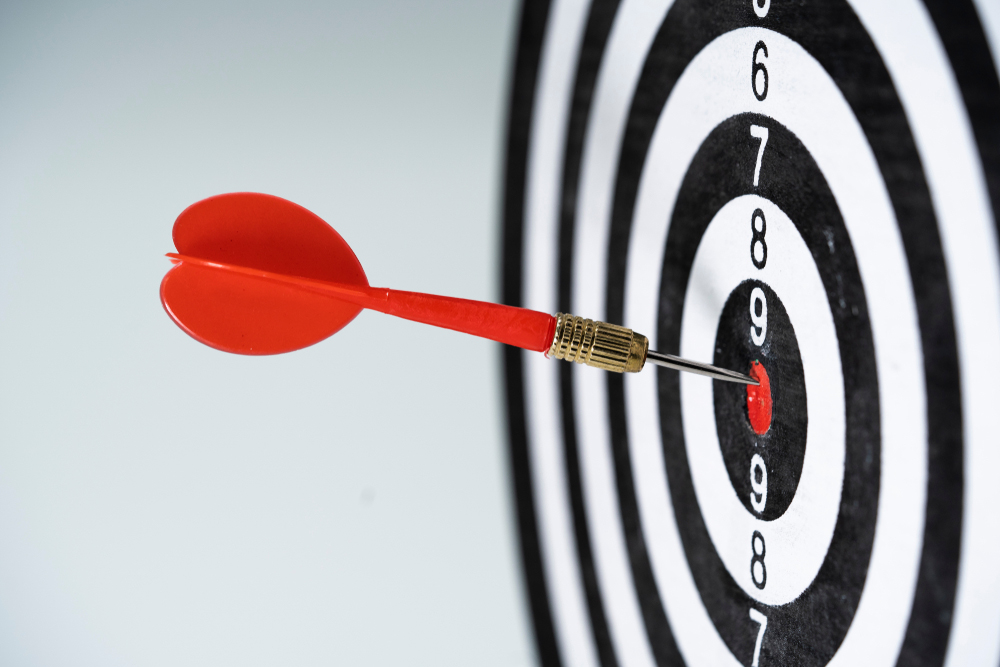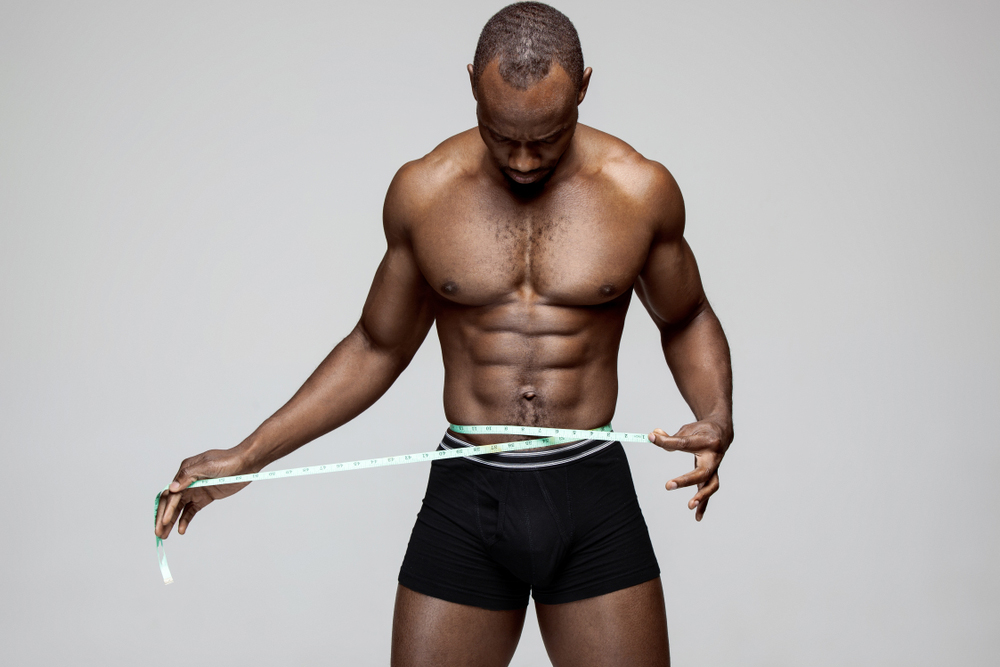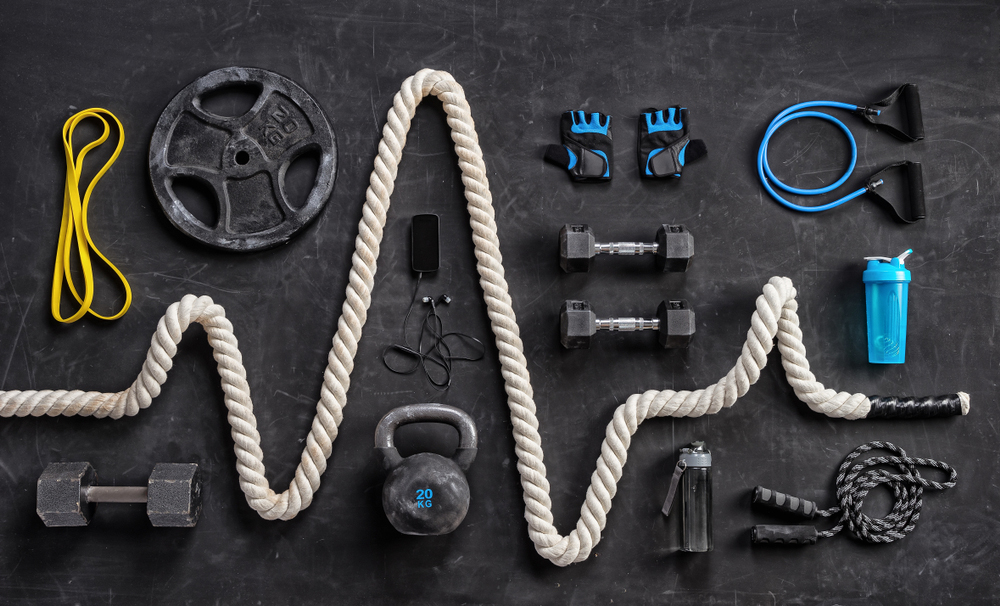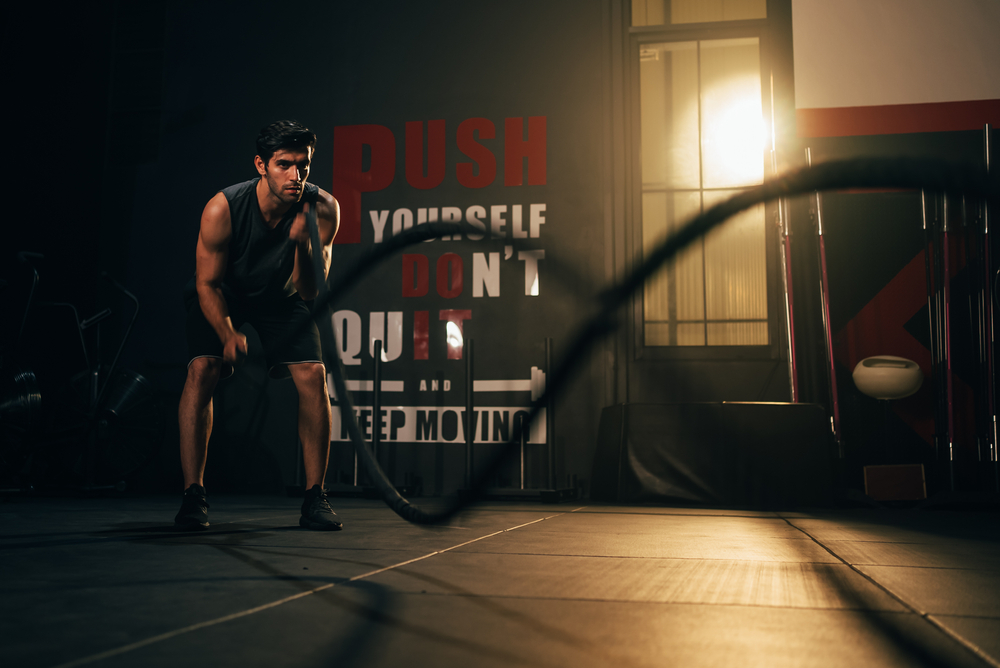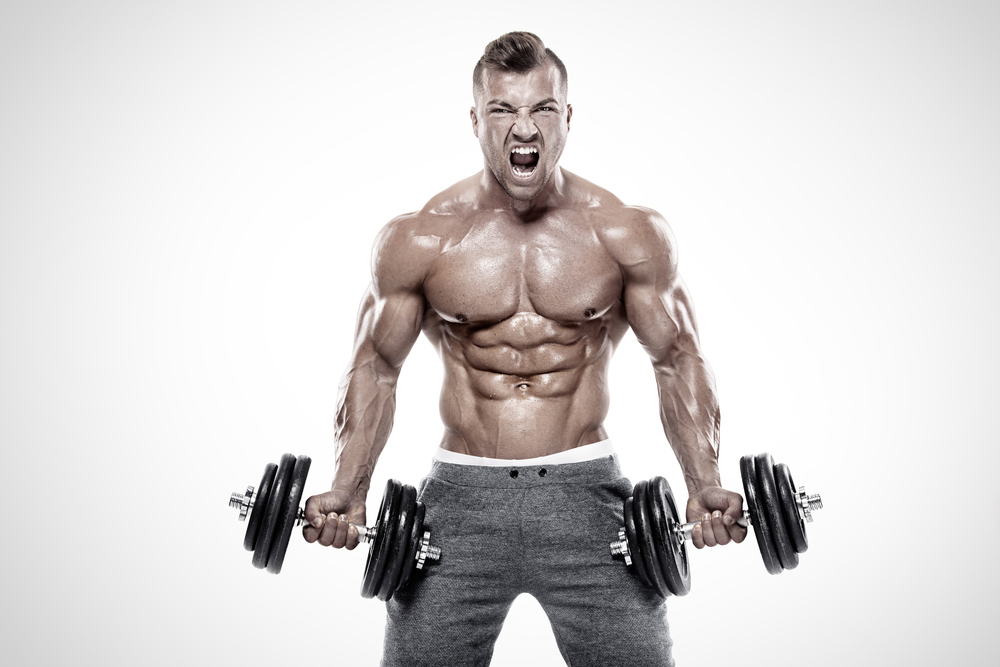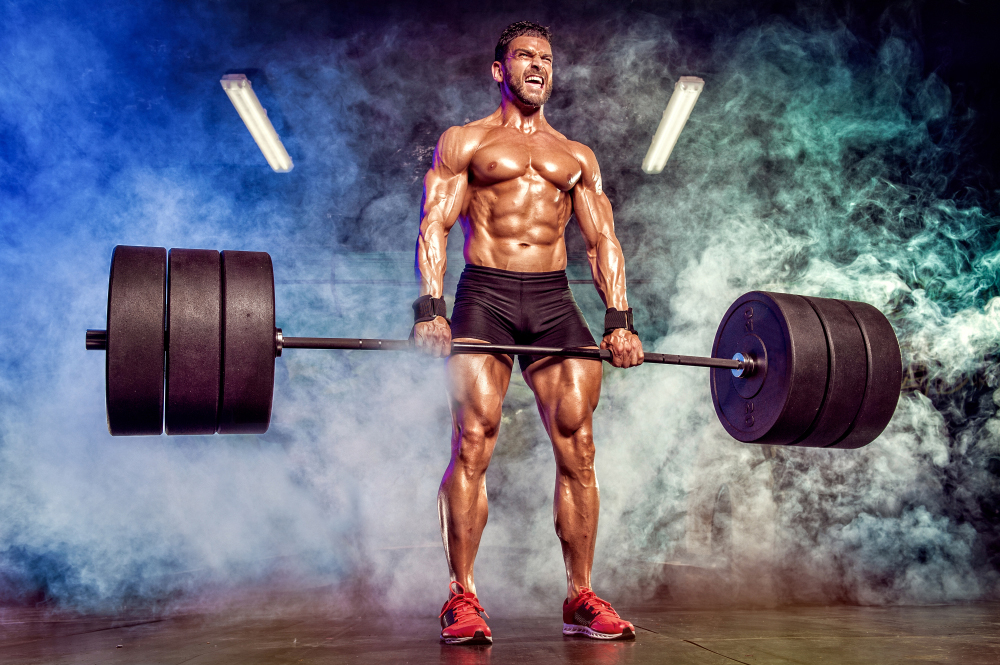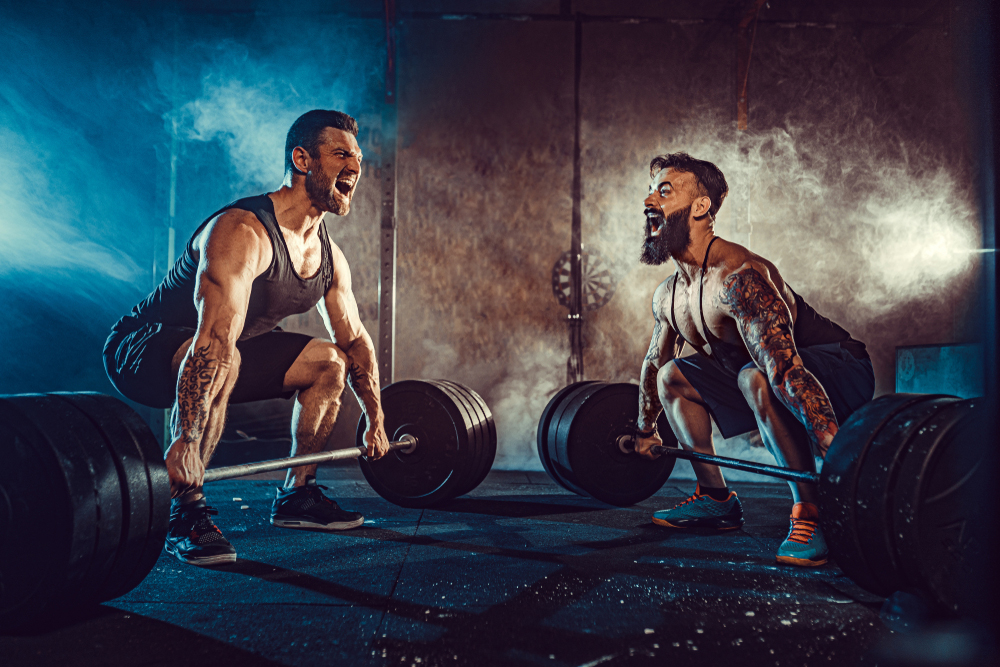In bodybuilding, all physical qualities are based on strength as it is considered to be the main physical quality.All movements can only be performed when muscles are contracted and create tension.Maximum strength is therefore when there is maximum tension development, which means that the load can only be lifted once.
In terms of strength training, there are several types of force:
- Maximal force:This is the greatest force that allows the neuromuscular system to develop during a muscle contraction.
- Strength-endurance:this is the strength when the repetitions are greater than 30.It is therefore the strength to maintain energy performance at a constant level over a defined period of physical activity or to maintain the minimum strength when the body is under the influence of fatigue.
- Force-Speed: is the ability to perform high speed movements against sub-maximal endurance.
- Absolute-strength:absolute strength is the combination of maximal strength and protected autonomic reserve (PAR) which is the system controlled by the nervous system that secures the muscle from damage.For beginners, this PAR is 30% and for professionals it is 10%.The more the athlete trains, the more there is an improvement in strength and the blockages no longer exist.
- Relative strength:This is the maximum strength in relation to body weight.In other words, if an athlete weighs 100 kilos and wants to lift 80 kilos in the bench press, his relative strength is 80/100 = 0.8.Conversely, if he weighs 80 kilos but wants to lift 100 kilos in the bench press, his relative strength is 100/80 = 1.25.The higher the ratio is above 0, the better the athlete becomes.
First of all, it should be noted that the objectives of each person are not necessarily the same, which means that bodybuilding practice is also different.In other words, if the objective is to gain explosiveness, mass, strength or endurance, the practices must be different and adapted according to the desired objectives.It should also be noted that the qualities developed are also consistent.This means that if an athlete wants to gain mass, he will necessarily also work on strength and endurance.And if the objective is to work on maximum strength, this means that there is a work of mass gain.
It should also be noted that the term endurance does not mean forcing.In any case, the heart rate, VO2 and breathing rate will limit endurance.In weight training, it is rare to be at 200Bpm, or to be out of breath and then collapse.The limiting stage is until ATP depletion or intramuscular acidification (H+ ions from glycolysis).
In order to have a good performance of physical strength, in addition to the sport or just for simple reinforcement, it is necessary to take into account these 4 elements:
- The intensity ;
- The number of sets ;
- The number of repetitions in each set;
- The recovery time between each set and each practice.
These components are to be taken into account according to the desired results.The transformation of the body and the improvement of its capacities depend on what the athlete will do with these components.
Each strategy is based on well defined physiological/biological processes.
Synchronisation of the motor units allows for a clean gesture that follows a good path.In order to have a good performance of this synchronisation it is necessary to:
- Perform an explosive practice,
- Take heavy loads more than 80% of the RM,
- Do isometric practice with long contractions,
- Work at the same time: heavy/explosive and mixed/explosive
Some notions of overcompensation
The more the body trains, the stronger it becomes.This means that after every trauma it suffers, the body overcompensates.Being intelligent, the body prepares itself even better for the next training session, after the efforts it has made previously.The more movement the body makes, the less energy it consumes and the nervous system will be less fatigued.
The time of overcompensation will be set according to:
- The type of session: the recovery time for an exercise in contraction
mode is much longer as this tears up many more muscle fibres. -
The recovery capacity of each individual. - Hygiene: nutrition, creatine
supplementation, sleep, stress...
- The muscle group worked.
The principle of mass gain
First of all, it is important to know that when you start bodybuilding, your nervous system adapts at the same time as you gain strength, starting from the first week.As for hypertrophy, it only starts after 10 weeks of training.
What causes hypertrophy?
- Increase in the size of the myofibrils - Growth of the muscular
envelopes (connective tissue 13% difference between a sedentary person
and an athlete). - Enlargement of the vascularisation by capilarisation.
-
Increase in the quantity of myofibril.
- Increase in muscle glycogen
stores.
→ Hypertrophy is optimised with the process of repeated efforts.In this practice, the aim is to fatigue the muscle by forcing it to engage the maximum amount of muscle fibre through repetitions of lifting a load that allows a high intensity to be enlisted.
The method of repeated efforts will make it possible to optimise hypertrophy! The objective is to exhaust the muscle by forcing it to recruit the maximum amount of muscle fibre through repetitions of lifting loads that allow a high intensity to be engaged.Hypertrophy indicates the growth in size of the myfibrils that make up muscle tissue.
Targets in bodybuilding
In bodybuilding, it is essential to define the objective to be reached.These objectives are often evolving and depend on your current situation.Here are some objectives:
- Gain in mass vs volume
- Mass gain
- Weight loss
- Drying and muscle definition
- Muscle strengthening
- Endurance
Whatever the objective chosen, it is necessary to adopt an adequate and healthy diet, and to have a balance between training and rest.

